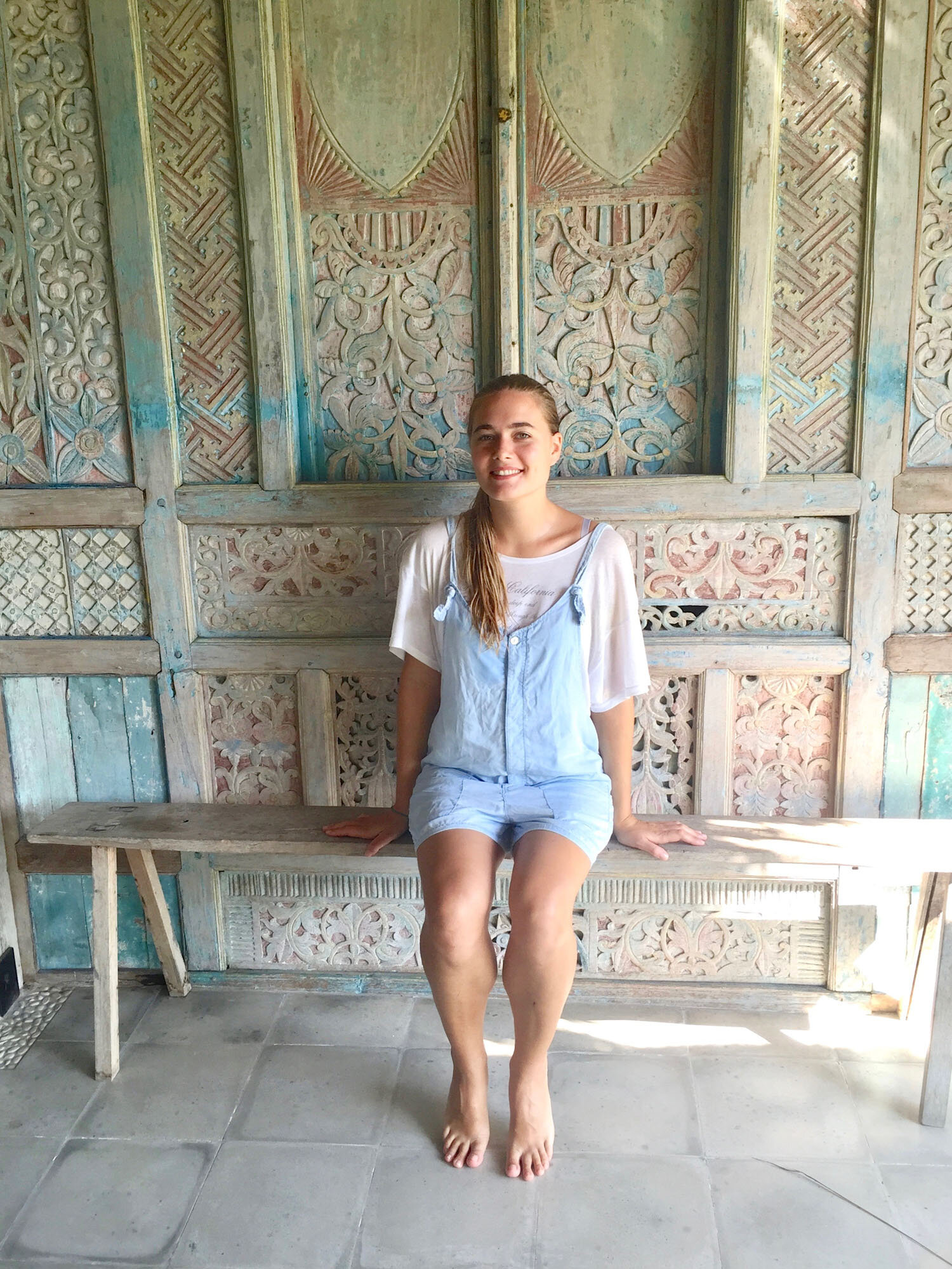Unique, Stylish and Offbeat Travel Guides
Lost Guides was born out of my own personal frustration in not being able to find trustworthy and useful information about places I was travelling to.
Where are the small and stylish places to stay? Where can I eat the tastiest food? Where are the vibrant neighbourhoods filled with quirky shops and independent businesses? What are the unique cultural experiences?
I believe that travel should be inclusive not exclusive, and equipped with the right information, you can experience accessible and authentic luxury.
I’m as equally as excited about sitting on a plastic stool and eating a delicious roti prata as I am about experiencing a delicate tasting menu produced by a creative local chef.
My books distill all my best tips from boutique hideaways, foodie favourites, and authentic artisan shopping to heritage houses, flea markets and surfs spots. It’s a real labour of love.
My aim is to make the lives of my readers a little bit easier by providing a trustworthy source of curated places, eliminating the tedious research work for you.





















